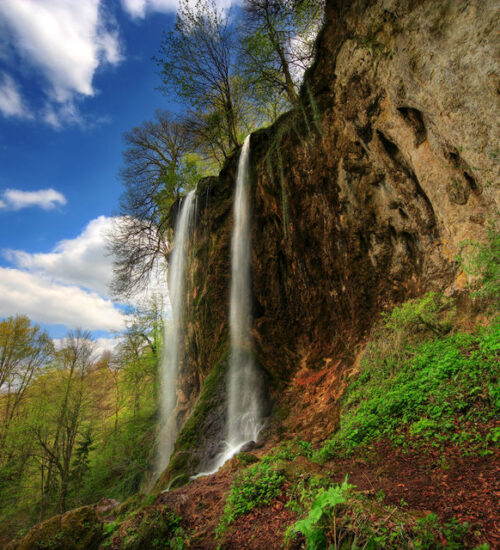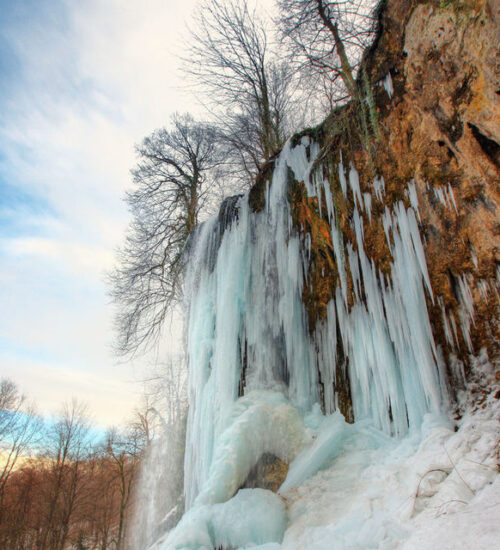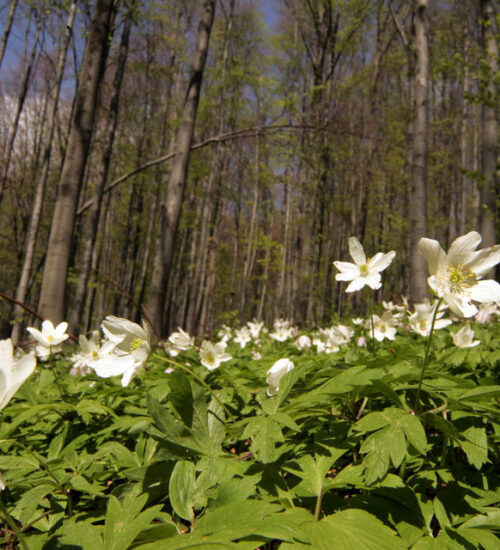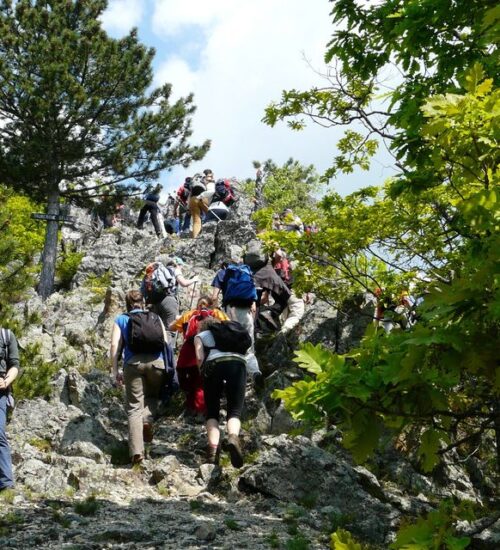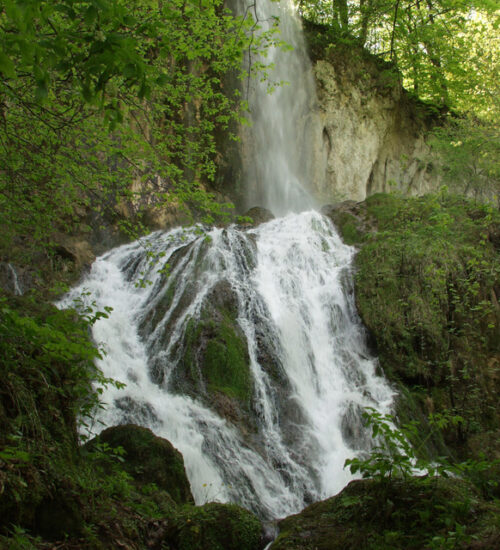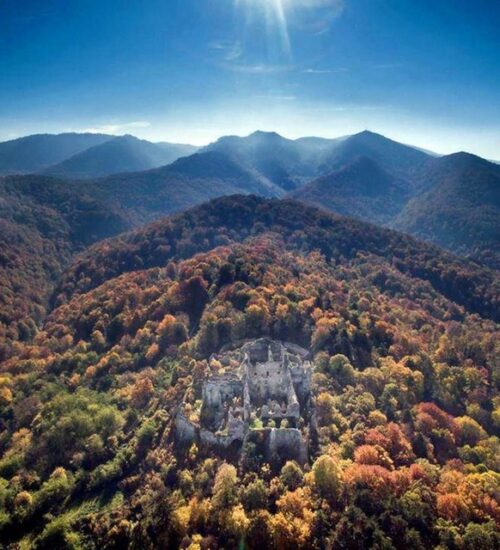


Location
The main features of the eastern part of Croatia, Slavonia, are the lowland plains with large cultivated areas. From the plain that was once the bottom of the Pannonian Sea the mountains rise to almost one thousand meters above sea level. One of these mountains is Papuk as well – the most beautiful mountain in Slavonia. The Nature Park includes the largest part of the mountain Papuk in terms of space and occupies an area of 336 km2.
History
The Nature Park was protected in 1999 due to the extremely large geological and biological diversity and valuable cultural and historical heritage. Due to its geological heritage, in 2007 Papuk was inscribed on the UNESCO list, as part of European and world association of Geo-parks. Papuk contains rock formations of outstanding geological interest, which are old even over 600 million years, making them one of the oldest rocks in Croatia.
Nature
Geomorphologic, climate and vegetation characteristics of the Nature Park Papuk provide excellent natural habitats for numerous plant and animal species. Forest vegetation covers 96% of the area. Papuk offers perfect habitats for numerous bird species and it is internationally important bird area. The abyss Uviraljka is important wintering area for bats. Almost 1,300 species of plants, that is more than a quarter of Croatian flora grows in Papuk.
The original forests are well preserved, and particularly valuable are forests of Pannonian beech and fir forests in the higher areas. Diverse and dense forests of Papuk are a habitat and refuge for deer, roe deer, wild boars, foxes and martens … Papuk provides excellent habitats also for numerous species of birds, and quick and cold mountain streams are a habitat for specific species of fish, amphibians and reptiles. Within the Nature Park there are numerous areas that have a higher degree of protection than other parts of the park, such as:
• the most important geological site Rupnica that was, back in 1948, declared the first Croatian geological monument of nature,
• Park Forest Jankovac, extremely rich in water, which is dominated by 35-meter high waterfall Skakavac, unique for its beauty throughout Slavonia,
• special forest vegetation Sekulinačke planine (Sekulinačke mountains),
• Natural Monument Dva hrasta (Two Oaks),
• Natural Monument Stanište tise (Habitat of Yew),
• Special floristic reserve Pliš-Mališčak-Turjak-Lapjak.
Sights
In the area of the Park Nature Park there is a large number of archaeological sites and monuments of cultural and historical heritage that indicate the continuity of settlement in this area since prehistoric times. The importance of this region, is testified by the seven medieval fortress, most of which dates from the 13th century. Near the place Orahovice there is the most beautiful and best preserved medieval fortress called “stari grad” (“old town”), Ružica, a valuable example of Gothic and Renaissance art,
Tourism
The Nature Park Papuk has seven educational trails, numerous hiking and biking trails. It provides opportunities for sport climbing, swimming in thermal waters, paragliding, horseback riding, recreational fishing, winter sports…
Connection
The Nature Park Papuk can be reached by car, bus, camper, motorcycle, bicycle or on foot. On the north side there are three important entrances to the Nature Park: Voćin, Drenovac and Orahovica. In the area of Virovitica-Podravina County the brown signs are set along the Podravina main road which guides visitors towards the said entrances. On the south side of the Park the most important entrance is in the place Velika. Visitors arriving by highway Ivanja Reka-Lipovac from Zagreb exit at the exit Nova Gradiška, from where via Požega they come to Velika. Visitors who come by highway from the direction of Vinkovci exit at the exit Lužani, from where via Pleternica they come to Velika. The nearest town centre is Požega, located at about 30 km away from the Park. From Zagreb Papuk is 200 km away.
Contact
Address
Nature Park Papuk
Stjepana Radića 46, 34300 Velika
Telephone
+385 34 313 030
+385 34 313 027
Web: www.pp-papuk.hr
Mail: kontakt@pp-papuk.hr

